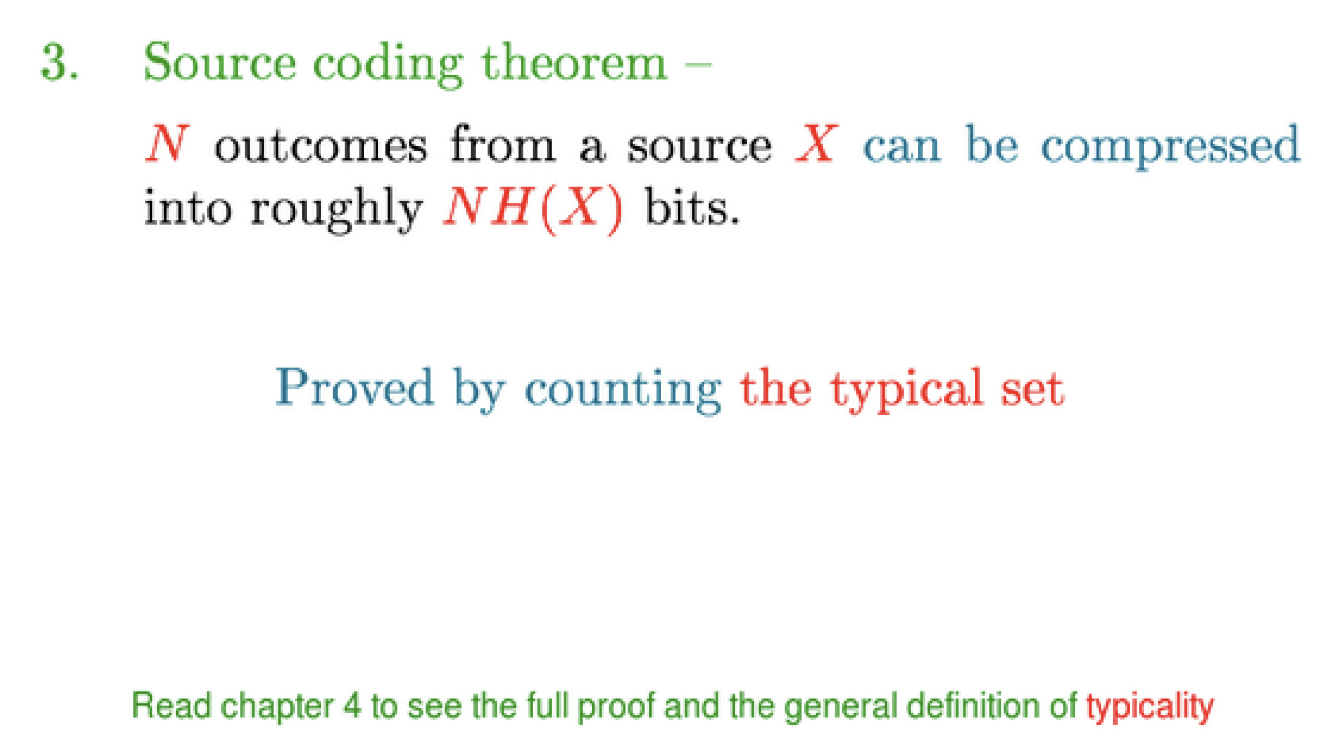Title: The Inner lining of a Down Comforter: A Key Component for Comfort and Quality
The inner lining of a down comforter is a crucial component for comfort and quality. It provides a barrier between the down and the outside environment, protecting it from dust, allergens, and other contaminants. The lining also helps to keep the down in place, preventing it from shifting or bunching up. Additionally, it adds a layer of warmth and insulation, providing extra comfort for the sleeper. Quality of the lining material is essential to ensure its durability and longevity. A good lining will last for many years, while a poor one may wear out quickly. Therefore, it is essential to choose a high-quality lining material that can withstand the wear and tear of daily use.
The inner lining of a down comforter, often overlooked but crucial in ensuring the quality and comfort of the sleeping experience, plays a significant role in the overall performance of the bedding item. Made from a range of materials, including cotton, polyester, or microfiber, it is designed to keep the feathers and down in place while providing a barrier between the sleeper and the outer shell of the comforter.

The first consideration when selecting an inner lining for a down comforter is the material. Cotton, being a natural fiber, is a popular choice due to its breathability and hypoallergenic properties. Polyester, on the other hand, is a synthetic material that provides good warmth retention but may not be as breathable as cotton. Microfiber, a blend of polyester and nylon, offers a good balance of warmth and breathability.
The design of the inner lining is also important. It should be loose enough to allow for proper air circulation but not so loose that it allows the down to escape easily. The seams should be well-stitched to prevent any leakage of down. Additionally, the material should be lightweight to ensure that it does not add significant weight to the comforter.
Another important aspect is the care instructions provided by the manufacturer. These instructions should be followed carefully to ensure that the inner lining remains intact and does not degrade prematurely. Generally, most inner linings are machine-washable, but it is always advisable to check the care label for specific instructions.

Moreover, the quality of the inner lining should match that of the down used in the comforter. A high-quality down comforter with a low-quality inner lining may not perform as expected, while a lower-quality down comforter with a high-quality inner lining may offer better performance.
In conclusion, the inner lining of a down comforter is essential in ensuring its performance and comfort. It serves as a barrier between the sleeper and the outer shell, keeping the feathers and down in place while providing a comfortable sleeping surface. Therefore, it is essential to choose a good-quality inner lining made from a breathable material with a loose design to ensure proper air circulation. Care instructions provided by the manufacturer should be followed carefully to ensure that the inner lining remains intact and does not degrade prematurely. Most importantly, the quality of the inner lining should match that of the down used in the comforter to ensure optimal performance.
Articles related to the knowledge points of this article:
Title: The Art of Tie Tying: A Guide to Mastering the Perfect Tie Knot
Title: Matching a Deep Navy Shirt with a Tie: A Guide to Creating a Stunning Look
Long-style womens down jackets: Fashion and functionality in one
Title: The Timeless Allure of Silk Scarves - Unraveling the Magic of Real Silk Scarves



